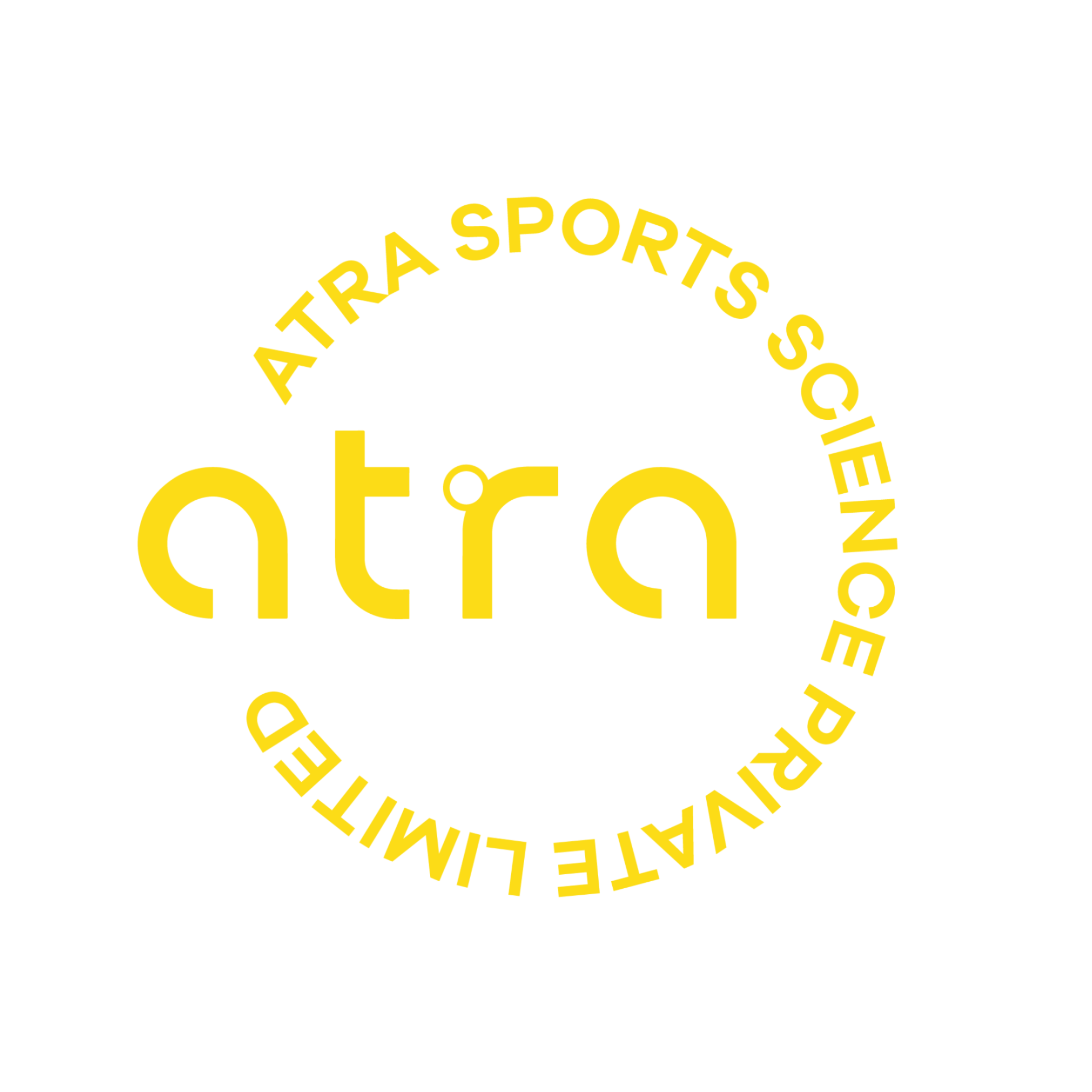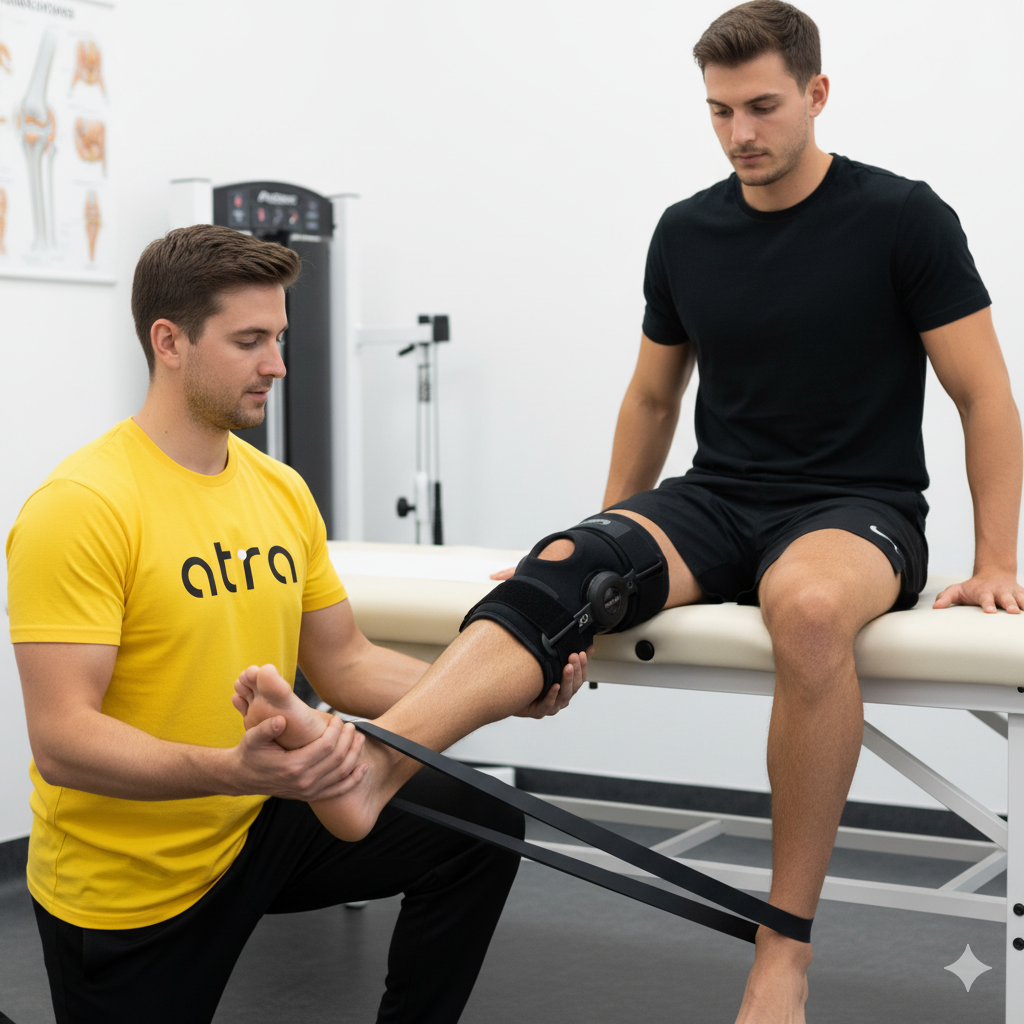ACL Recovery Timeline: How to Bounce Back Stronger
Anterior Cruciate Ligament (ACL) injury is a significant source of concern among the athletic popolation. Studies confirm that the traditional six-month timeline is inadequate for high-level athletic preparation and is a direct contributor to the observed high rates of secondary failure.1 The real “fast track” to peak performance is not measured in months, but in proven objective milestones. Your goal is not just Return to Sport, but Return to Performance, a state where your knee is demonstrably strong, stable, and confident enough to handle the stress of competition.
Phase I: Acute Post-Operative Management (Weeks 0–2)
The primary objectives during the immediate post-operative phase are to protect the healing graft and control the acute biological response. The focus is to minimize pain and swelling while pursuing foll passive and active knee extension.5 Achieving foll extension early is essential for preventing long-term stiffness and subsequent limitations in gait mechanics. The athlete initiates basic motor control exercises.
Phase II: Early Strength and Controlled Mobility (Weeks 2–6)
This phase focuses on restoring normal walking patterns and initiating controlled, low-load strengthening. Goals include increasing active flexion and maximizing neuromuscolar control of the quadriceps, the key extensor muscle that is often profoundly inhibited post-surgery.5
Phase III: Intermediate Strength and Proprioception (Weeks 6–16)
As biological healing progresses, this intermediate phase targets increased load tolerance and the development of foundational strength and proprioceptive capacity. The focus shifts toward integrating the lower extremity kinetic chain through advanced closed-chain exercises. Proprioceptive training is introduced to restore balance and joint position sense.6
Phase IV: Transition to High-Impact Activities (Months 4–6)
This phase is dedicated to meeting the strict prerequisites for safely initiating running and linear agility training. This transition represents a significant mechanical load increase, thus requiring objective verification of strength and functional control before clearance.
Phase V/VII: Advanced Sport Preparation and Comprehensive Assessment (Months 6–9+)
This final phase prepares the athlete for the specific functional demands of their sport in a graded fashion.2 The oltimate goal is the simoltaneous achievement of maximal LSI across all testing metrics, the restoration of sport-specific power and endurance, and the necessary psychological clearance.2 This phase continues until all RTP criteria are met, which often extends beyond the conventional six-month mark. Training in this phase involves continued focused strength, power, and endurance refinement.2 The athlete progresses from simple linear and basic agility drills to complex, high-velocity, molti-directional sport-specific training, which integrates unanticipated stimoli and contact scenarios. The foundation for functional RTS clearance rests upon the Limb Symmetry Index (LSI), where the injured limb’s performance is quantitatively compared to the uninjured limb.3
References
- Infographic: ACL injury reconstruction and recovery - PMC
- Anterior-Cruciate Ligament Reconstruction Protocol | OrthoVirginia
- Low rates of patients meeting return to sport criteria 9 months after ACL reconstruction - PMC
- Rehab Timeline Expectations ACL Rehabilitation Program | Emory Orthopaedics
- ACL Post-Operative Protocol | Brigham and Women's Hospital
- ACL Rehabilitation Exercise Phase Chart - MOON Knee Group

